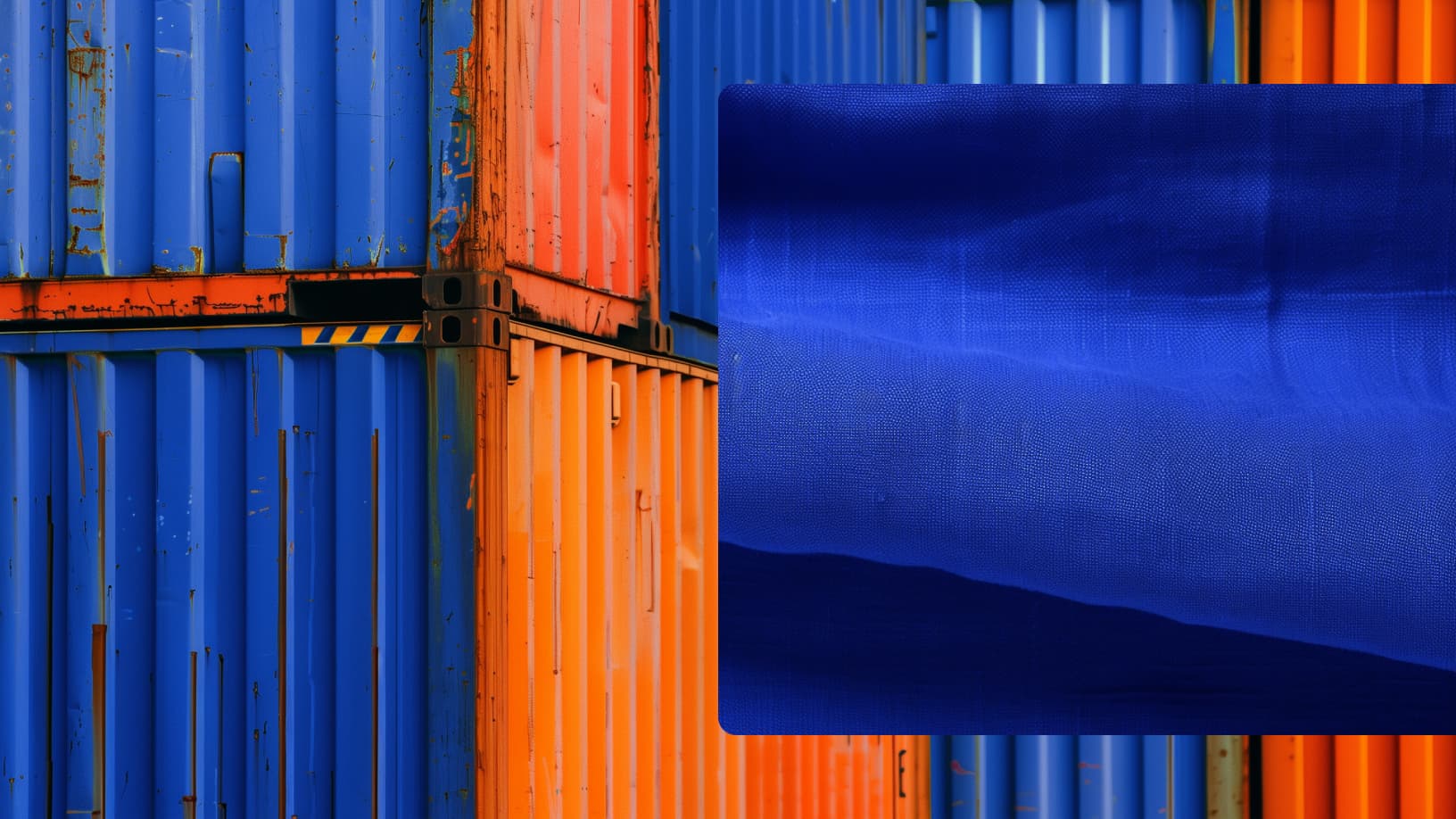The regulatory landscape in the U.S. is rapidly evolving. Since it was first implemented in 2022, the enforcement of forced labor regulation has continually escalated, leaving implicated companies scrambling to catch up. With legislation showing no signs of slowing down, understanding how to navigate ongoing changes to Forced Labor Prevention (FLP) laws has never been more important.

In the first two years of implementation, 9,000 shipments worth over $3.4 billion have been detained by the U.S. Customs Border Patrol (CBP) under FLP laws and 3,500 of these detainments were denied entry into the United States. The apparel, footwear and textiles sectors are some of the most closely scrutinized, with over $65 million worth of shipments detained so far.
This is set to increase as the CBP has outlined a budget of $19.9 million for the fiscal year 2025 to strengthen enforcement against forced labor. Entities on the CBP’s radar have increased from an initial 20 in 2022 to 68 in 2024, with products such as cotton, cotton products and PVC considered high-priority sectors for detainment.
The evolving requirements of FLP regulations demand ongoing vigilance and screening to mitigate risks effectively.
Given its complexity, achieving compliance requires a dual approach:
- Proactive Forced Labor Prevention Compliance: Proactively map, review and monitor supply chains to identify potential risks related to forced labor.
- Managing a Detention: In response to a detention or Withhold Release Order (WRO), companies must promptly map the supply chain of the shipment in question and gather evidence within 30 days that demonstrates no forced labor within its supply chains.
This guide is here to help managers choose the right solution for their business to comply with forced labor regulations. With a multitude of solutions on the market, it can be overwhelming to decide which solution is best for your business needs. This guide will help explain the various approaches and explore the advantages of one comprehensive system versus a range of tools that solve individual problems.
You’ll find a comparison of digital tools that outlines the advantages and shortfalls of each in this guide. It also provides detailed information on TrusTrace’s approach to FLP compliance, combining the following elements:
- Primary Data Collection: Gather extensive traceability data directly from upstream suppliers and their facilities, and collect the evidence needed to verify compliance
- Risk Screening: Automatically screen for potential risks in your supply chain against the CBP entity list and other 3rd party databases to detect these risks in time.
- AI-Powered Evidence Management: Using AI, assemble chain-of-custody documentation for thousands of shipments and across 100+ languages.
Download the new FLP guide by TrusTrace to start your compliance journey today.
